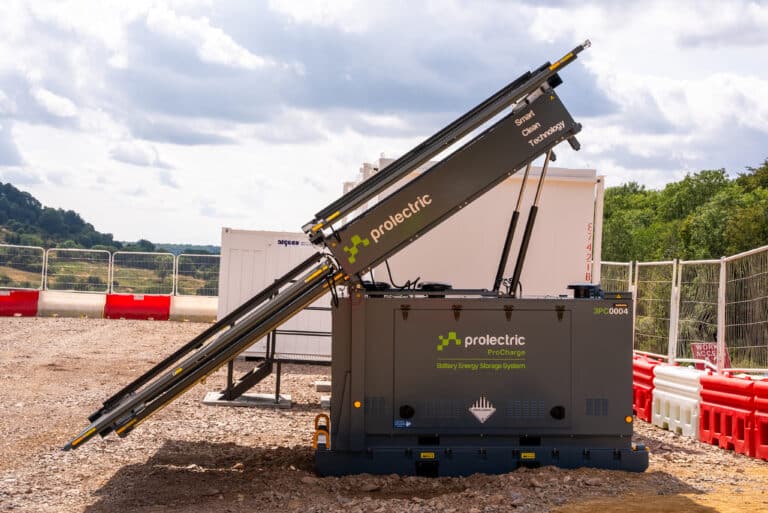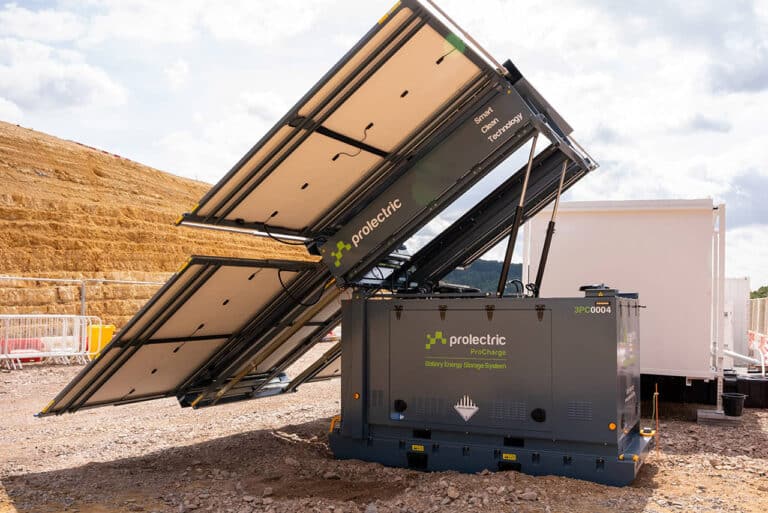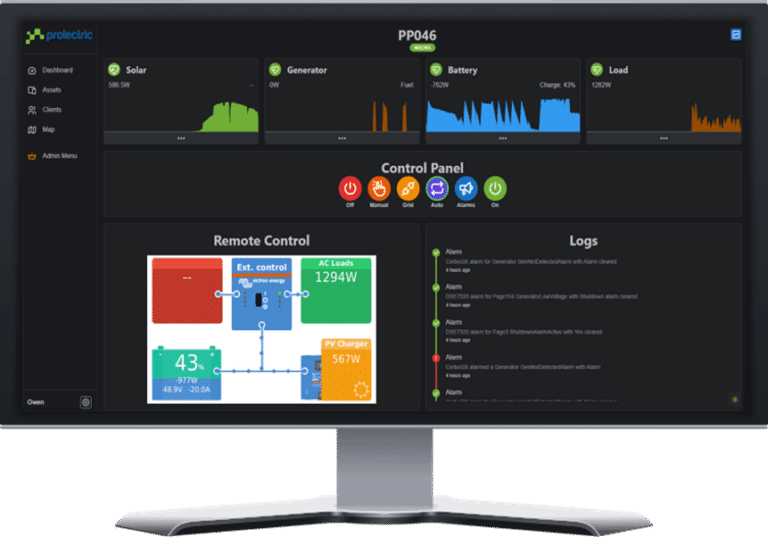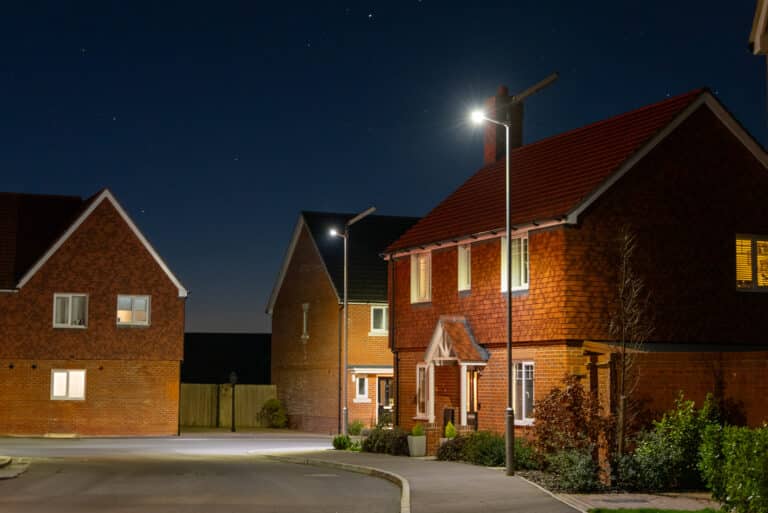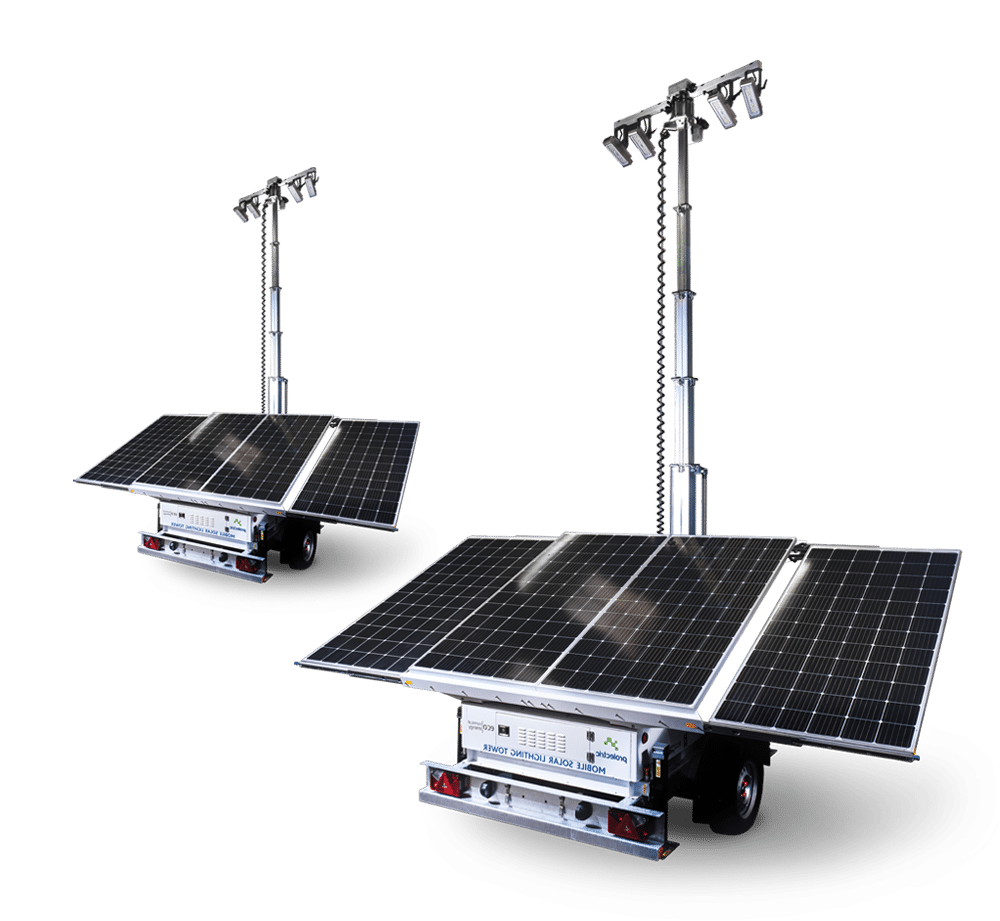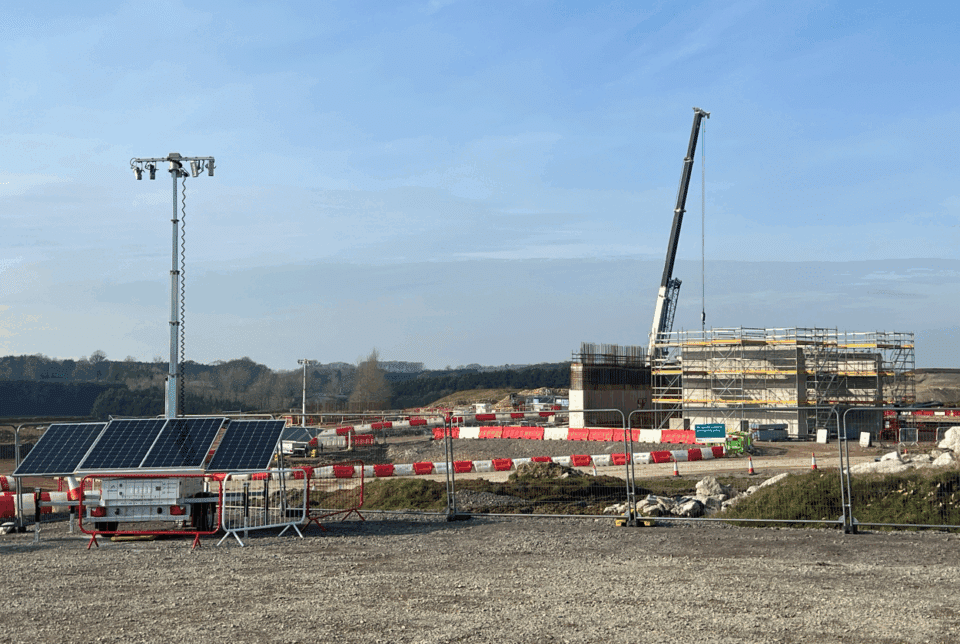
Why 2025 Is the Turning Point for Clean, Solar-Powered Sites
The UK construction sector is standing at a crossroads. For years, the industry has acknowledged the need to cut diesel use – but in 2025, the shift is no longer optional. With new data, regulatory pressures and major projects setting bold precedents, the move toward solar lighting, battery power and hybrid clean energy systems has become urgent, unavoidable and commercially advantageous.
This article breaks down what’s changing, why it matters now and how companies can get ahead with practical steps.
The Diesel Problem Is Bigger Than Ever – And Still Growing
Recent data reveals a sobering truth:
UK construction’s direct (Scope 1) emissions in 2024 were over 11 million tonnes of CO₂e – 30.3% higher than in 1994.
Source: BCIS (2024)
Despite years of net-zero commitments, actual emissions continue to rise. Why?
- The sector still relies on hundreds of thousands of diesel-powered NRMM units.
- Diesel usage in construction remains structurally high and expensive.
- Red diesel subsidies ended in 2022, exposing contractors to full-price fuel costs.
- Fossil fuels remain volatile – even after an 11% YOY drop, diesel is still above the 10-year price average (Fuels Industry UK, 2024).
In parallel, new reporting requirements for Scope 1, 2 and 3 emissions (strengthened for 2025) mean firms must quantify – and reduce – their fuel-related footprint or face scrutiny from clients, regulators, investors and the public.
The Industry’s Transition Has Started – But It Needs to Accelerate
The Construction Leadership Council’s Zero Diesel Sites Route Map remains live in 2025. It sets a bold target:
Remove 78% of diesel plant from UK construction sites by 2035.
Some major infrastructure projects have already begun demonstrating diesel-free or low-diesel working practices. For example:
- HS2 continues to expand the number of diesel-free sites across its programme.
- The Lower Thames Crossing programme’s sustainability reporting (2024–25) highlights commitments to “low-carbon, diesel-free construction” as a strategic objective.
However – while these examples show clear leadership – fully quantified, public case studies remain limited. This is precisely why now is the moment for contractors, developers and housebuilders to innovate, gather data, prove savings and lead the transition.
Clean Power Is No Longer Experimental – It’s Delivering Real Results
Two compelling UK projects demonstrate how solar lighting and hybrid power systems are already making measurable impact:
- On the A417 “Missing Link” infrastructure scheme (in collaboration with Kier), Prolectric’s solar lighting and hybrid power solutions delivered 270,574 litres of fuel saved, 833,689 kg CO₂e reductions and £638,180 in cost savings in just under 6 months.
- With Milestone Infrastructure working at the Hinkley Point C project, Prolectric supplied 58 solar-powered lighting towers and reported 613,622 litres of fuel saved, 1,540,196 kg CO₂e reductions and £1,117,798 in cost savings in a year.
These numbers demonstrate that clean power is not just “green” – it’s commercially compelling. They reinforce that off-grid solar lighting and hybrid power equipment are not just viable alternatives to diesel; they are superior in terms of cost, reliability, environmental impact and site operations.
Energy Trends Confirm the Direction of Travel
Government energy statistics provide wider context:
- UK final energy consumption rose to 128.1 mtoe in 2024 (+2.6% YOY),
- Yet industrial energy consumption (including construction activity) fell to a 50-year low at 19.5 mtoe.
Source: UK Energy Consumption Trends (2025)
In other words: The UK economy is becoming more energy-efficient and construction cannot be the outlier.
Why Solar Lighting & Hybrid Power Plant Equipment Are Now Essential
Solar lighting, battery storage and hybrid power systems directly tackle the major risks facing construction:
- Operational Cost Volatility: Diesel remains expensive and unpredictable. Solar and battery systems eliminate fuel dependency.
- Carbon and Compliance Pressures: Clients – from local authorities to Tier 1 contractors – are tightening carbon requirements. Clean power reduces Scope 1 emissions dramatically.
- Air Quality and Safety: Diesel generators emit particulate matter and nitrogen oxides that degrade air quality and pose health risks. Solar and battery systems run completely emission-free and silent, improving working conditions and community relations.
- Programme Reliability: Solar tower lights and hybrid systems offer 24/7 autonomous operation, even through winter, supported by smart energy management and remote monitoring.
- Tender Advantage: A demonstrated reduction in diesel usage provides a competitive edge during bid evaluation, especially on public sector frameworks.
How to Prepare Your Site for a Diesel-Free Future
Ready to power up with clean energy? Here are key steps UK construction and infrastructure firms are taking:
- Audit and Plan: Assess your current site power usage and diesel hotspots. Set a roadmap to reduce and replace these – the industry is encouraging every company to develop its own diesel-reduction plan. Track your fuel consumption and emissions to measure progress.
- Early Wins with Efficiency: Cut out wasteful practices. Train operators to minimise idling of machinery and optimise energy use on site. Simple changes can quickly trim fuel use (the Zero Diesel plan even suggests an industry “fuel-saving tournament” to spur innovation).
- Adopt Solar and Battery Tech: Use renewable alternatives on your sites now. Deploy solar tower lights instead of diesel lighting – they perform year-round even in UK winters. Use battery energy storage units or solar hybrid generators to handle site power peaks. These technologies are field-proven to maintain reliability while slashing fuel costs and carbon – reduce generator run-time by 50–90% while increasing efficiency.
- Switch to Cleaner Fuels: For any remaining generators or plant, switch from diesel to cleaner fuels like HVO (hydrotreated vegetable oil) or renewable diesel. This can cut net CO₂ immediately. Biofuels are a stepping stone, not the final solution.
- Engage Suppliers & Clients: Work with equipment providers who specialise in sustainable power. Many now offer solar or hybrid systems for welfare units, cabins, EV chargers, lighting and power applications. Collaborate with clients too – some forward-thinking developers and infrastructure clients now mandate diesel-free sites in contracts. Position your firm as a leader in this shift to gain an edge in bids.
- Mind the Regulations: Stay ahead of compliance. Check local emission rules (for example, London’s NRMM Low Emission Zone requires modern Stage V generators or exemptions). Proactively upgrading to clean equipment not only avoids penalties but also future-proofs your operations as regulations tighten toward zero-emission machinery. Document fuel, carbon and cost savings per site. This builds internal investment cases and strengthens client relationships.
Conclusion: This Is the Decisive Moment for Solar-Powered Construction Sites
All evidence points to the same conclusion:
The diesel era in UK construction is coming to an end – and the companies that move now will gain commercial, environmental and reputational advantage.
Emissions continue to rise. Diesel remains expensive and volatile. Regulations are tightening. Yet clean energy systems are already delivering six-figure savings and transforming how major infrastructure projects operate.
Your next project could be among the first to run solely on solar lighting, hybrid generators and intelligent battery storage – proving what modern, low-carbon construction looks like in practice.
The reality is clear: solar lighting and clean power systems are no longer “nice-to-have.” They’re becoming essential for construction, infrastructure and housebuilding. Early adopters will not only remain compliant but will improve efficiency, reduce operating costs and strengthen their market position. In a sector often criticised for slow transformation, taking the lead on sustainable power showcases a commitment to innovation and responsibility. It also brings immediate benefits – from reduced fuel spend and maintenance, to cleaner, quieter, safer sites.
Yes, targets like 2035 and 2040 can feel distant. But the shift is happening now. Organisations like Lendlease have already committed to diesel-free sites by 2025 and many others are accelerating their transition. The question is no longer if the industry will change, but who will lead that change.
Those who act early will quite literally shine brighter – powered by solar, backed by smart energy technology and aligned with the future of UK construction. Don’t wait for the next regulation, price spike, or fuel shortage. Choose a power source that’s clean, reliable and renewable.
It’s time to step confidently into a cleaner, smarter era of construction.
The industry is ready. The technology is mature. The financial case is proven. Now is the time to make the switch.











